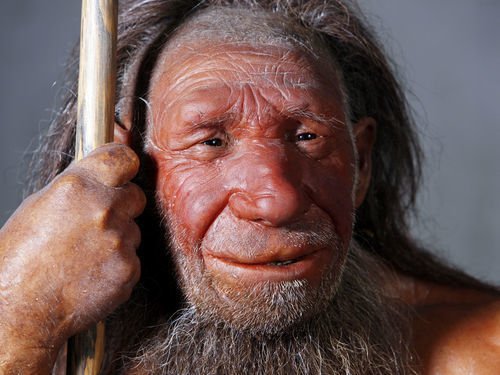Millions of years have passed since our ancestors roamed this earth, and we’ve learned much about them including archeological and anthropological discoveries from which we were able to draw so many scientific conclusions. We know we have less hair, walk straighter, and have better developed facial features than our Neanderthal, Homo erectus, and Homo sapien heritage – but what other factors have affected our evolution and adaptation? Here are some surprising insights into the lives of early humans.
Click Next To Discover What Made The Homo sapiens Survive What Other Species Couldn’t
Early Humans Left Africa Over 1 Million Years Ago

Homo sapiens, the ancestors of modern man, originated in Africa. The “Out of Africa” theory suggests that our ancestors left the continent and migrated to Europe and Asia. In doing so, they began replacing earlier examples of the human species – the Homo Erectus.
This migration took place approximately 80,000 years ago. What is interesting to note is that the Homo erectus (upright human) had actually followed the same route (from Africa to Eurasia) – over 1 million years ago. Looks like Homo sapiens weren’t the first to get this idea.
50,000 Years Young
Many anthropologists now believe that early humans probably did not develop a culture until around that time. When we consider that the “mitochondrial Eve” theory suggests that we are all descended from one East African woman who lived about 200-150,000 years ago, It is shocking.

Homo sapiens evolved over 150,000 years ago, around the time of mitochondrial Eve – the most recent common maternal ancestor of people currently on Earth. This means our species hung around for a really long time before we developed art, symbolic communication, ornaments, and bone tools. Pre-cultural humans did have sophisticated toolkits and fire, but anthropologists believe that they didn’t invent language until a cultural explosion.
Early Humans have incredibly low genetic diversity
Humans are among the least genetically diverse species, mostly because we probably descended from a small group of early humans who lived in East Africa.
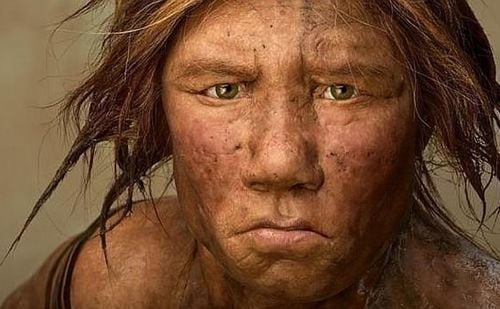
Population geneticists describe genetic diversity with a measure called “effective population size.” Basically, effective population size is how many people you would need to reproduce the genetic diversity of our full population. For humans, this number is really low and hovers around 15,000 individuals. It is kind of crazy when you consider that the actual population size is 7 billion. If compared to mice, some species of them have an effective population size of 733,000.
The Human Population Decreased 80,000 Years Ago
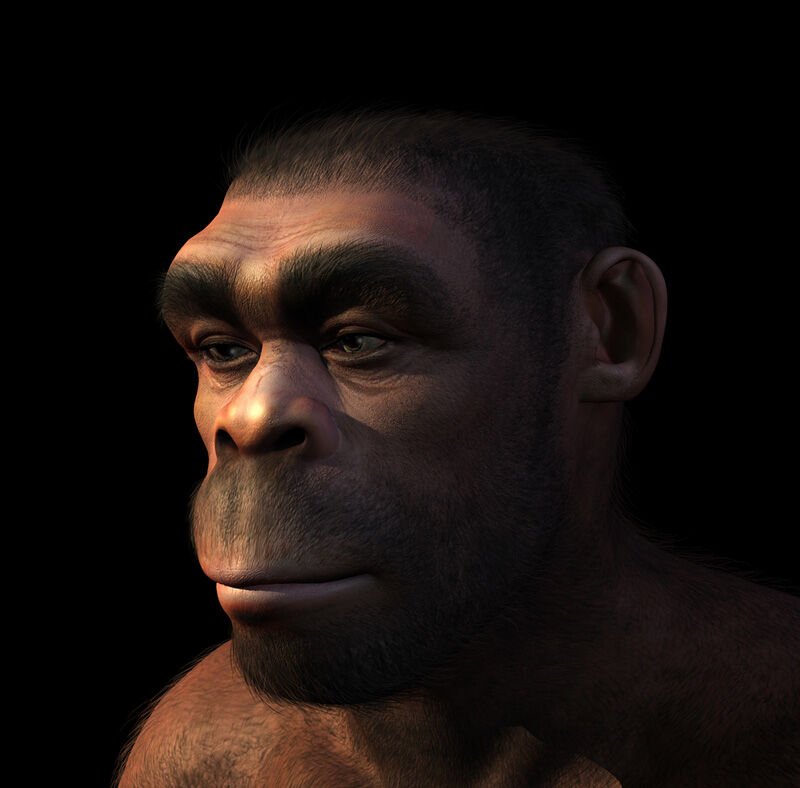
About 80,000 years ago there was a drastic reduction in the size of the human population. Archeologists are still not 100% sure what caused the decline, but it definitely wasn’t pretty. Some say there may have been a massive volcanic eruption that filled the sky with millions of particles of ash, blocking the sun’s heat for many years and in so doing created freezing temperatures that would have severely affected life and population growth on earth at the time.
Fire
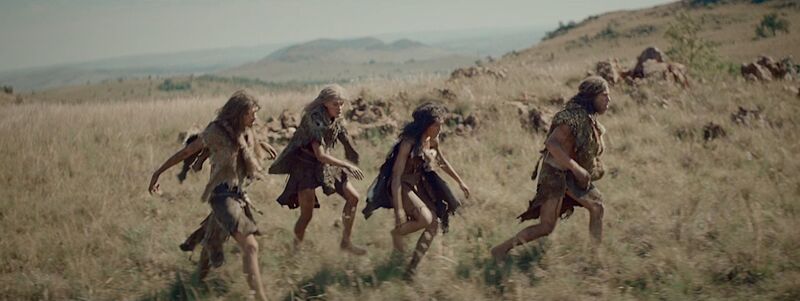
As we know, there are a few things that set us apart from our animal counterparts – these include walking on two legs, creating and using stone tools, and being able to manage the natural element of fire. Evidence of fire being used as a tool came from archaeologists’ discovery of Stone Age flint tools, which were used to both create fire and for scraping and cutting meat.
We May Have Neanderthal Genes
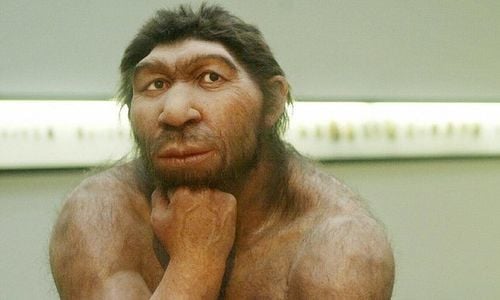
Neanderthals are our closest extinct human relatives. Our well-known, but often misunderstood ancestors lived in Europe and Asia as early as 200,000 years ago until about 30,000 years ago. While the Neanderthals’ appearance was slightly similar to ours, they were shorter and stockier with angled cheekbones, prominent brow ridges, and wide noses. These qualities were important for survival in Europe’s cold climate and to hunt big animals for food. Though sometimes thought of as barbarians, scientists have discovered that Neanderthals in fact used tools, buried their dead, and had control over fire.
Homo Sapiens Always Evolve
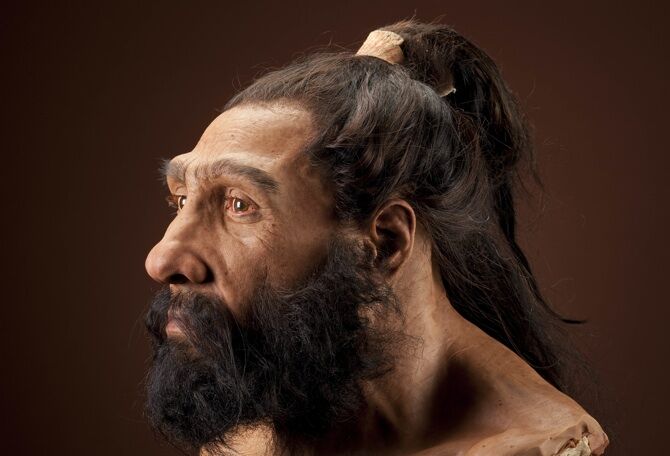
Human evolution is the extended process of change that suggests humans originated from apelike ancestors. Scientific evidence shows that the physical and behavioral traits shared by all people stemmed from these ancestors and evolved over an extended period of time. Our species, as suggested by many, will continue to evolve in response to our living conditions – different food, geographical and environmental changes, the advent of modern technology, and of course the amalgamation of our different races.
Different Types Of Food Allowed Us To Evolve
One of the primary factors of evolution is the food we consume. In the past, after traveling far distances and adapting to new locations, our ancestor’s diet changed according to what food was available to them. Their diet initially consisted of nuts, seeds, fish, insects, and small animals – providing the foundation that helped evolve our brain, and develop our intelligence. This resulted in early humans creating advanced tools and using fire, which helped the evolution train keep on chugging.

A new study that was published in the scientific journal PNAS in 2018, claims that this diversity in the homo-sapiens diet is what allowed us to evolve over the neanderthals that consumed mainly meat. When the ice age made herds of animals fleet, the neanderthals starved while the homo-sapiens could nourish from other sources. The diet was perfected throughout the years and in the last few thousand years, it is known as the Mediterranian diet. People who keep this diet to this day are known to live longer than others.
Our Fists Have Constantly Evolved To Give A Punch

Considering our faces have evolved to receive a punch to the face – it makes sense that the part of our body used for delivering the punch would have had to evolve as well. The notion that evolution shaped our hands, not for dexterity, but to form fists, recently emerged from a study of anatomical changes in humans. The study suggests that at about the same time we started walking upright, our hands became short and square with opposable thumbs. This change has always been recognized as a means for tool manipulation, but recent studies suggest the ability to form a fist was actually an evolutionary step to help to deliver a punch when fighting.
The Human Face Evolved To Withstand A Punch

However, a million years ago, battles and fistfights were commonplace, and research suggests the battles between humans could end up being pretty brutal. Therefore it makes sense that our faces would have evolved to take a punch to the face.
Clothes
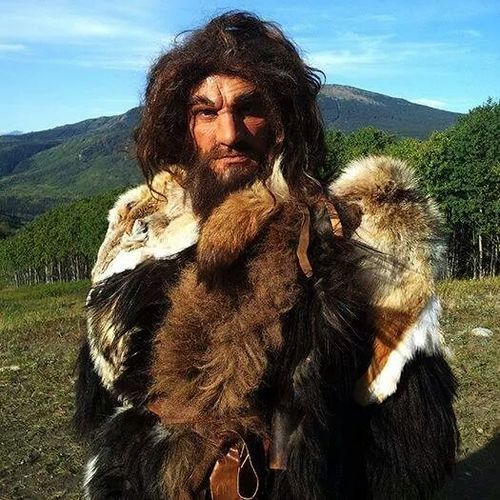
While exact dates are always difficult to come by, studies have found out when our human-like ancestors began using the skin of animals to keep them warm. The need to do so may have arisen sometime after losing a large portion of body hair. Scientists estimate the time at which humans began wearing “clothes” at around 1 million years ago. This time frame was decided by examining factors such as the genetic skin-coloration of our ancestors at around this time.
Language Skills

Some scientists believe that communication traits and the use of language arose from a common dialect spoken by our ancestors when they were all still in Africa. This language may have been made up of sounds and grunts as opposed to formal words, but were certainly used as a means for instruction and expression. With over 5000 different languages spoken in the world today, this concept is highly likely. Linguists and anthropologists suggest that human language probably started to develop around 100,000 years ago.
Anthropologist Pushes Back Date of First Humans Hunting For Meat To Two Million Years Ago

Evidence from an ancient butchery site in Tanzania shows that early man was capable of ambushing herds of animals up to 1.6 million years earlier than previously thought. Ancient humans used complex hunting techniques to ambush and kill antelopes, gazelles, wildebeest, and other large animals at least two million years ago.
We Used to be Hobbits (Sort Of)
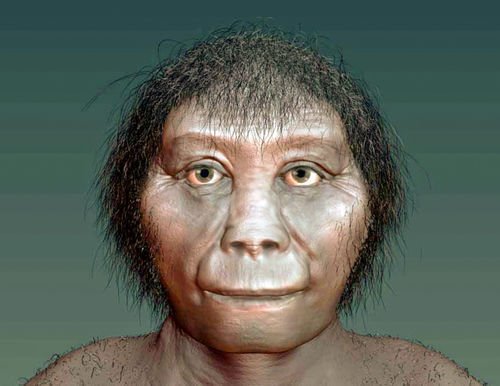
A hobbit-like species of humans lived approximately 18,000 years ago, according to Australian and Indonesian researchers. The species lived among pygmy elephants, 10-foot lizards, and were no taller than the average 3-year-old.
Our Brains are Shrinking
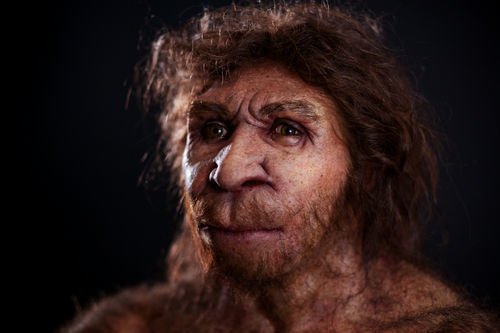
While maybe getting smarter, our brains are getting more compact, explains University of Wisconsin researcher John Hawkes. Really, the size reduction probably correlates with our decreased physical size. Less mass means less brain needed to control it.
From Four Legs to Two
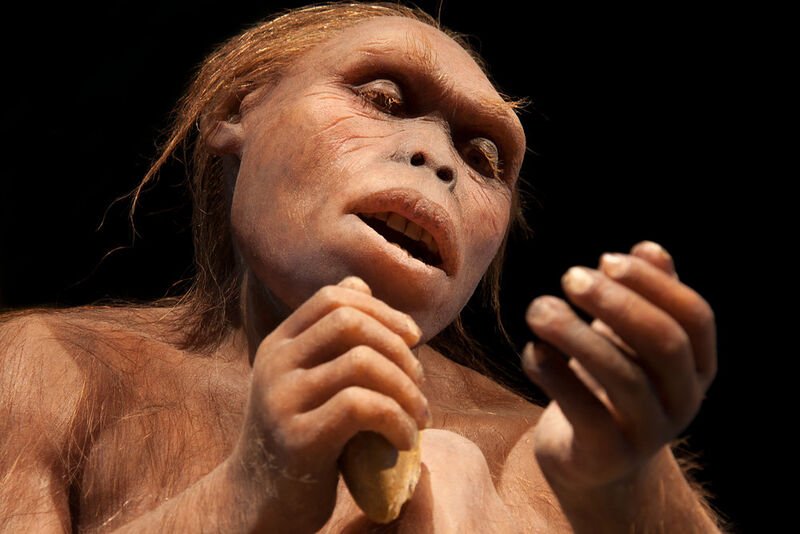
Why humans became bipedal is still a mystery — some say it is to allow our chest room to breathe when we run — but the move from four legs to two marked the hominid’s first break from our ape ancestors.
Lefties Compete, Righties Cooperate
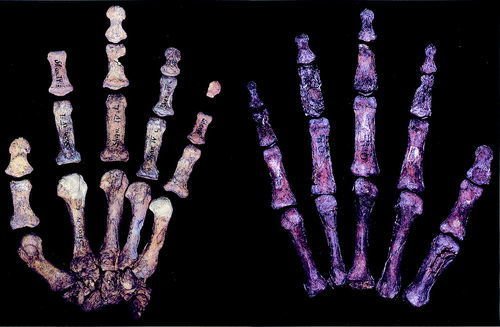
Right-handed people outnumber lefties nine to one. But in competitive sports, left-handed people are far more represented, leading many theorists to conclude that early cultures developed “handedness” as a form of cooperation.
Stone Tools
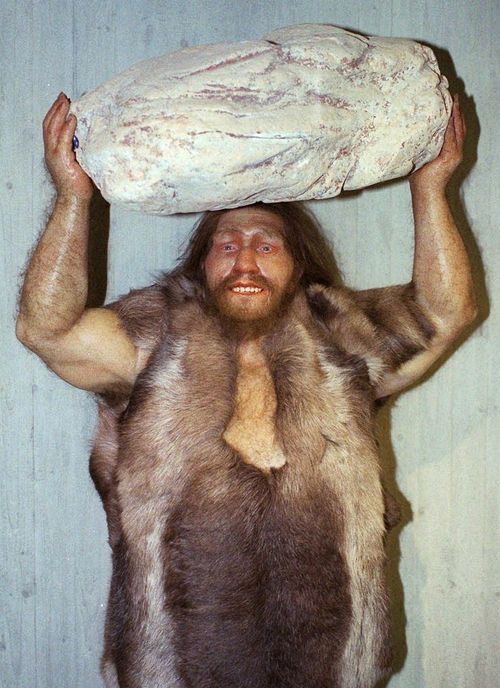
The creation and use of stone tools by our ancestors is estimated at 2.6 million years ago. In Dikika, Ethiopia, however, researchers have found fossil animal bones with possible butchery marks from up to 3.4 million years ago. This discovery could show that early humans used naturally sharp rocks on the bones of antelope-sized animals as a means of killing and cutting their food.
Aliens Among Us
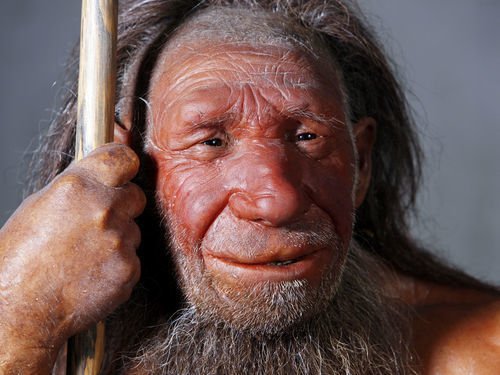
Long-skulled geniuses may have walked the earth before us. In 1913, scientists uncovered strange-looking skull fragments that were later determined to sit behind childlike faces. This combination naturally led to conversations about aliens, but keep in mind: We survived, and they didn’t. So how smart could they be?
Early Humans Had Surprisingly Low Genetic Diversity
Despite having found a large variety of different human species, the discoveries don’t differ too much in terms of their genetic make-up. The scientific reasoning lies in the fact that we (and all of our ancestors) come from the same location in East Africa, where it is assumed all of our human-ape ancestors lived.
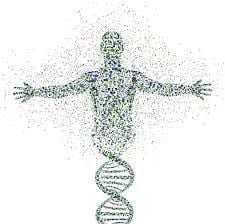
To determine genetic diversity, scientists need to know the effective population size of a specific group. This size helps to understand how many organisms you need to create the genetic diversity of the full population. For our species, this number is 15,000 individuals to recreate a society of over 7 billion people.
Humans Navigated The Indian Ocean In Boats 50,000 Years Ago
It appears as though travel and navigation were pretty commonplace for our ancestors, but this discovery was a pretty incredible feat.
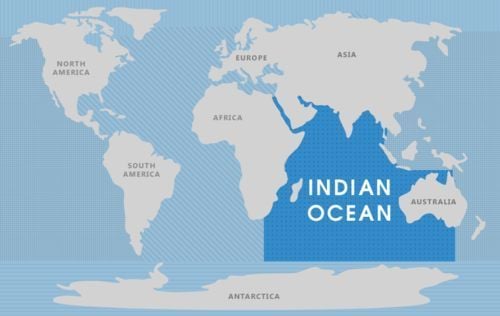
There is no evidence that Homo sapiens traveled to Australia 50,000 years ago and they did so without maps, travel navigation – or any sea travel experience for that matter!
Our Tooth Size Decreased While Brain Size Increased
One of the most noticeable changes in our own evolution and adaptation was the increase in the size of the human brain with the simultaneous decrease in the size of our teeth. This evolutionary trait came as a surprise to scientists who noticed the opposite trend in other animals whose brains and teeth grew in conjunction with each other.
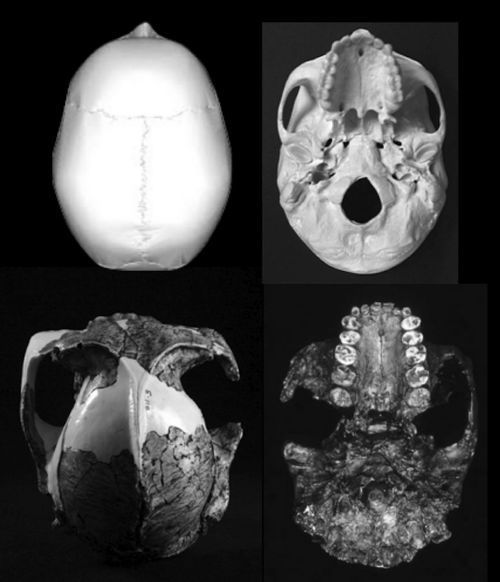
One speculation regarding the decrease in tooth size might be that humans had started to cook food over a fire which made chewing and digestion easier, and subsequently saving time and energy – that our ancestors would have spent on digestion, therefore large teeth wouldn’t have been needed for the acquisition of additional nutrient for brain growth.
Human Longevity May Be Caused By A Slow Metabolism
In today’s diet and the health-obsessed world, we are often told to eat many small meals a day to increase our metabolism to lose weight. The scientific truth is that a slow metabolism very well is the key to our living longer than other animals.

The faster your metabolism, the more energy you need. The more energy you use the faster your body will wear out. If we were to compare humans’ rate of metabolism with that of other mammals, we would find that our metabolic rate is substantially lower, sometimes up to 50%.
An Important Evolutionary Protein
DUF 1220 is a protein that may be essential in the development and evolution of the human brain evolution. This notion comes from the understanding that human beings have over 270 copies
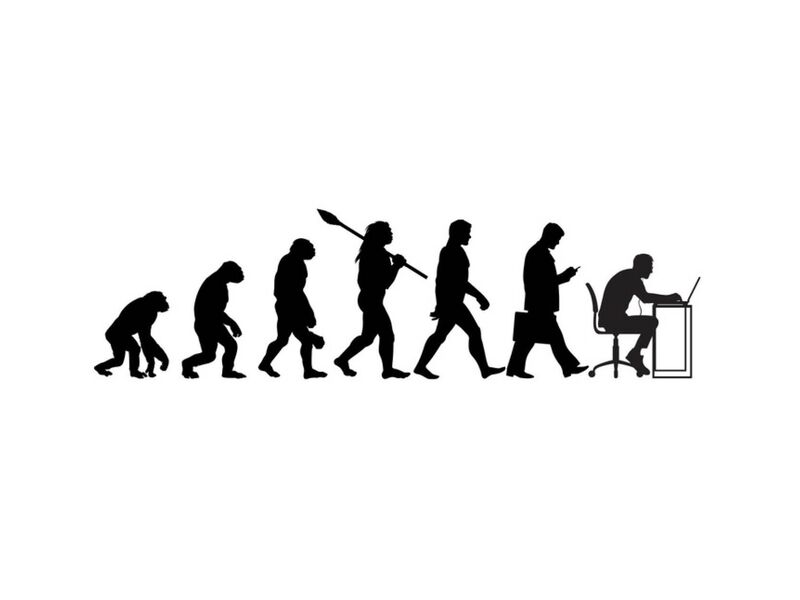
of DUF1220 in their brains, whereas our primate cousins, like chimpanzees and gorillas, have slightly fewer copies of the protein in their brains. With further research we have no doubt scientists will link human intelligence to the protein itself, accounting for the disparity between us and animals.
Our Throwing Skills Evolved From Our Extinct Ancestors
Research shows that the human shoulder acts like a slingshot by storing and releasing energy during the throw. The human torso, shoulder,

and arm evolved specifically to help us store this energy and allowed our ancestors to hunt, feed and defend themselves from dangerous predators.
Population Growth
It took 100,000 years for the world population to reach 1 billion. This may seem like a lot, but when we look at the other facts we will see that it only

took 133 years for that number to double to 2 billion and 44 years to reach 4 billion. One of the primary factors in evolution is the constantly changing landscape of our home, earth.
Why Do We Have Goose Bumps?
While trying to determine our own adaptations and evolution from our apelike ancestors, people have discovered that many human traits, including organs and behaviors, have lost most of their original function due to evolutions. These include organs like the appendix, wisdom teeth, and tail bone and also behavioral reflexes, such as the formation of goosebumps under the skin.

While the exact reason for the raised bumps on our skin is not known for sure, research and scientists have suggested that a possible function would have been to raise the body’s hair, making our ancestors appear larger and in so doing, scaring off predators. Raising the hair may also have been used to trap an extra layer of air, keeping an animal warm.
Why Humans Became Bipedal
Walking on two legs is what sets us apart from the other apes, but there still isn’t quantifying research that suggests why this development actually occurred. Bipedalism – the fancy name for

“walking on two legs”, along with slightly bigger brains – suggesting greater intelligence are unique traits of our ancestors the Neanderthals and Homow Erectus. One of the suggestions as to why we started walking upright was to allow us more chest room to breathe when we run.
Goosebumps are a New Addition

We used to have thick hair, which stood on our head not so unlike the hair on the back of our neck does now. Only, we lost that thick hair over time. But the physiologic response stayed.
Some Feet Are More Evolved Than Others
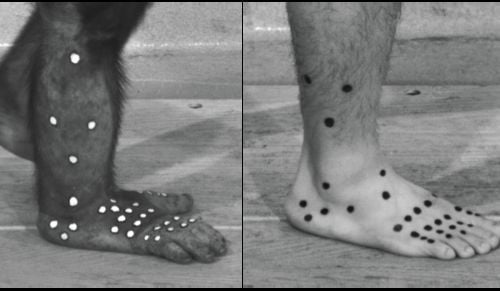
Some nine percent of people are missing the muscle in their foot that allows them to grip objects like our primitive ancestors. (Might as well bend down, anyway, right?)
A Population Explosion is Upon Us

It took 100,000 years for the population to reach one billion people. It took only 133 years for it to reach its second billion, and 44 after that to double again. Ecologists predict the world population will hit eight billion people by 2025.
The Original Paternity Test

Blue eyes don’t just look good on Frank Sinatra; scientists believe they played a vital role in paternity testing babies. Two blue-eyed people can’t produce a brown-eyed baby.
We May Have Been Endangered
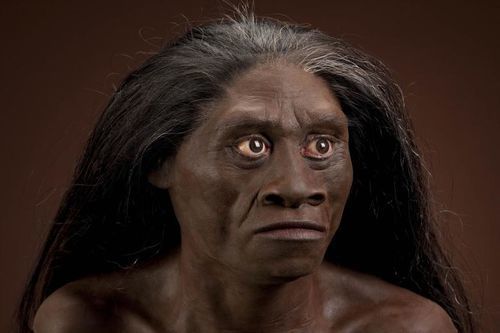
A mysterious illness (probably tuberculosis) is thought to have wiped out all but 2,000 of our early ancestors around 70,000 BC — putting us shoulder-to-shoulder with black rhinos and giant pandas on the endangered species list.

